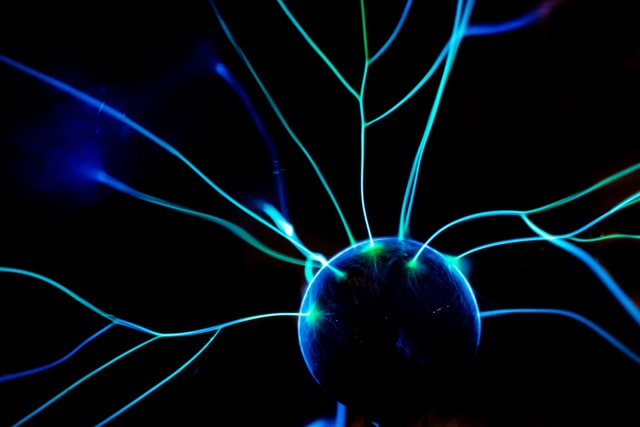GABA: Definition, Benefits, & FunctionWhat is GABA? Learn how this brain chemical works, why it’s important and how you may be able to get more of its beneficial effects.
Within neurons, activity is mostly electrical. If a neuron receives enough activating neurotransmitters, that neuron will generate an electrical impulse. This electrical impulse may then generate still more effects within the post-synaptic neuron, perhaps triggering the release of more neurotransmitters which then go on to have effects on still more neurons. Through this complex system of chemical communication between neurons and electrical activity within neurons, the hundreds of billions of cells in your brain work together to create everything you experience.
This system is amazingly complex and neuroscientists continue to discover just how brain cells communicate with one another. There are over 40 known chemicals that can act as neurotransmitters (you can test your neurotransmitters at home with this kit). These different chemicals all have different effects on brain cells and are present in different concentrations in different parts of the brain. For example, glutamate is the brain’s primary excitatory neurotransmitter - it has the effect of making individual neurons more likely to generate electrical impulses. In contrast, Gamma-aminobutyric Acid, or GABA, is an inhibitory neurotransmitter - it has the effect of making individual neurons less likely to generate electrical impulses (test your levels of both of these with this kit). In this article, we’ll talk about what GABA is and how it works in the brain. We’ll also discuss how you may be able to increase levels of GABA in your brain and why you may want to do this. Before reading on, if you're a therapist, coach, or wellness entrepreneur, be sure to grab our free Wellness Business Growth eBook to get expert tips and free resources that will help you grow your business exponentially. Are You a Therapist, Coach, or Wellness Entrepreneur?
Grab Our Free eBook to Learn How to
|
Are You a Therapist, Coach, or Wellness Entrepreneur?
Grab Our Free eBook to Learn How to Grow Your Wellness Business Fast! |
Terms, Privacy & Affiliate Disclosure | Contact | FAQs
* The Berkeley Well-Being Institute. LLC is not affiliated with UC Berkeley.
Copyright © 2024, The Berkeley Well-Being Institute, LLC
* The Berkeley Well-Being Institute. LLC is not affiliated with UC Berkeley.
Copyright © 2024, The Berkeley Well-Being Institute, LLC




